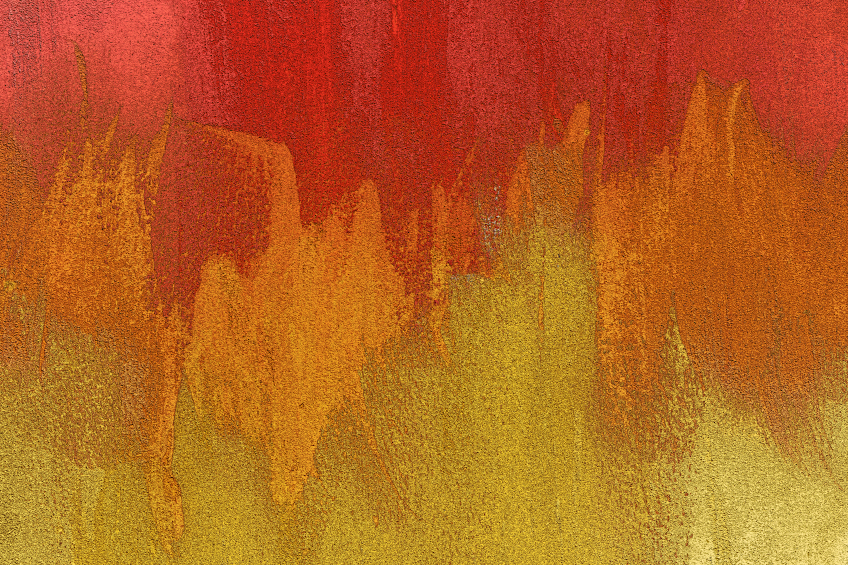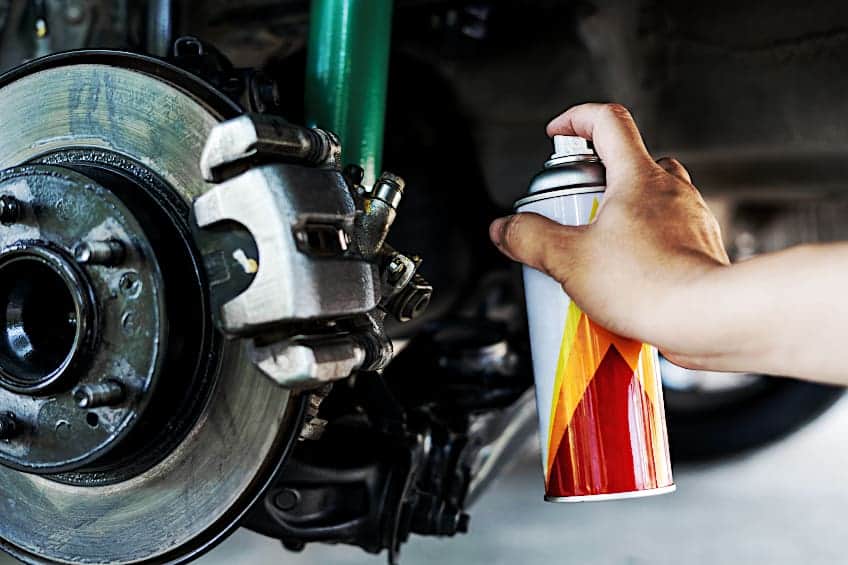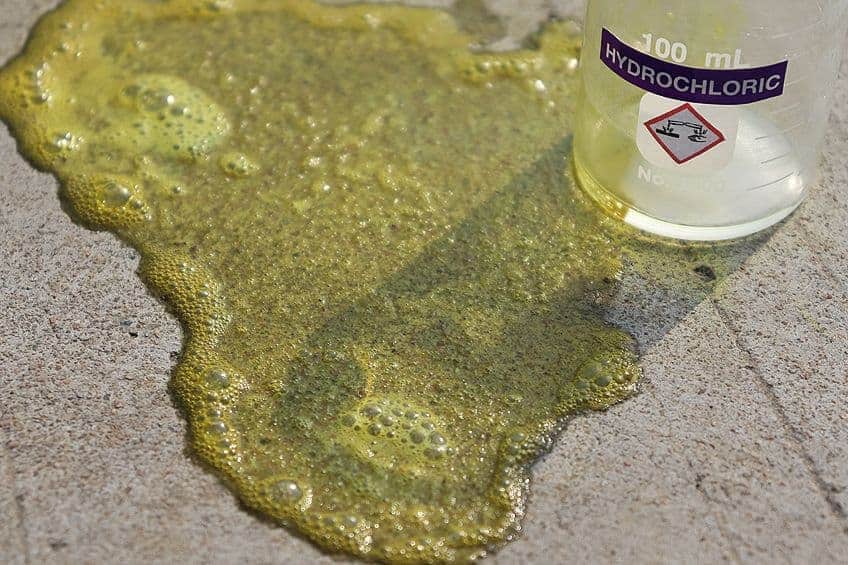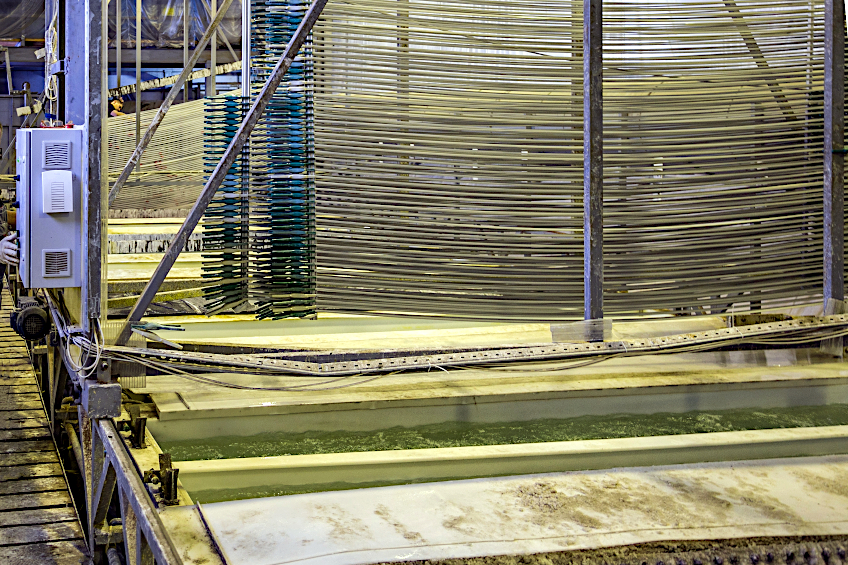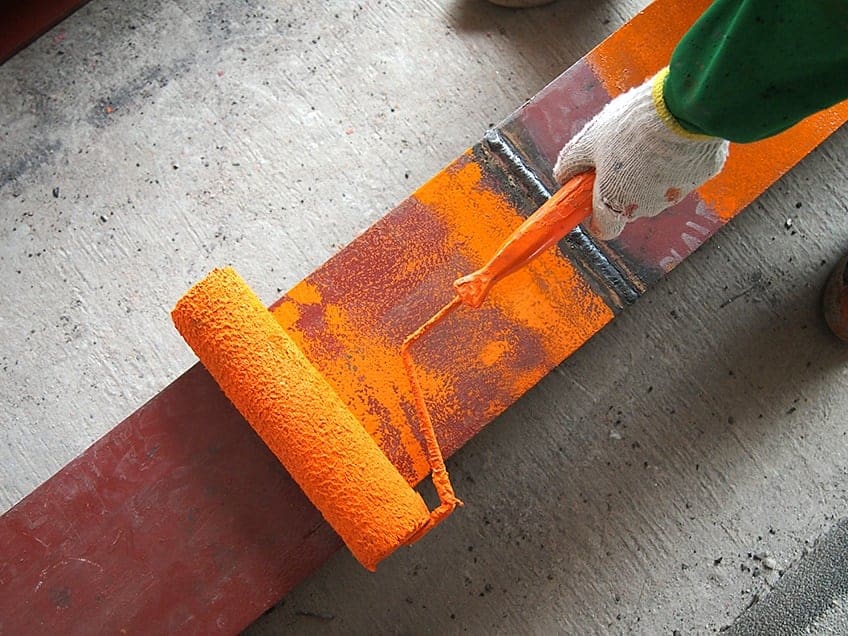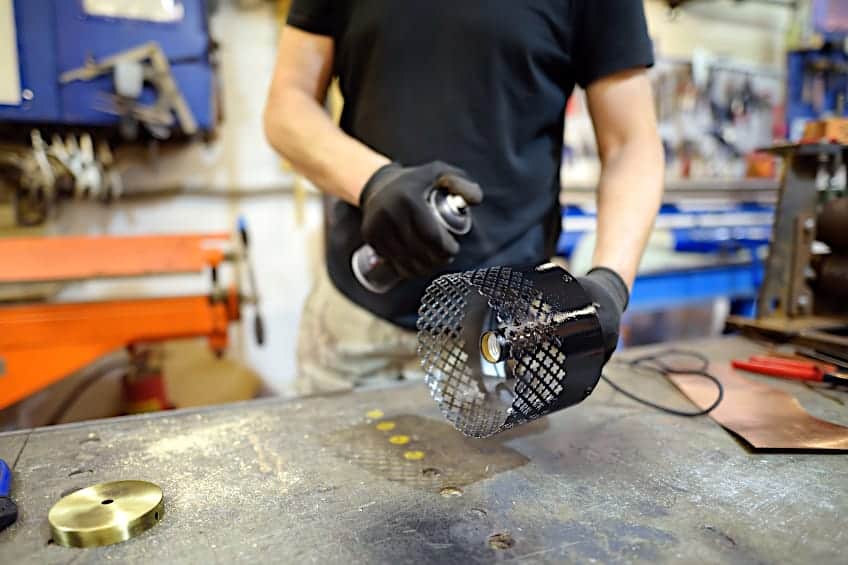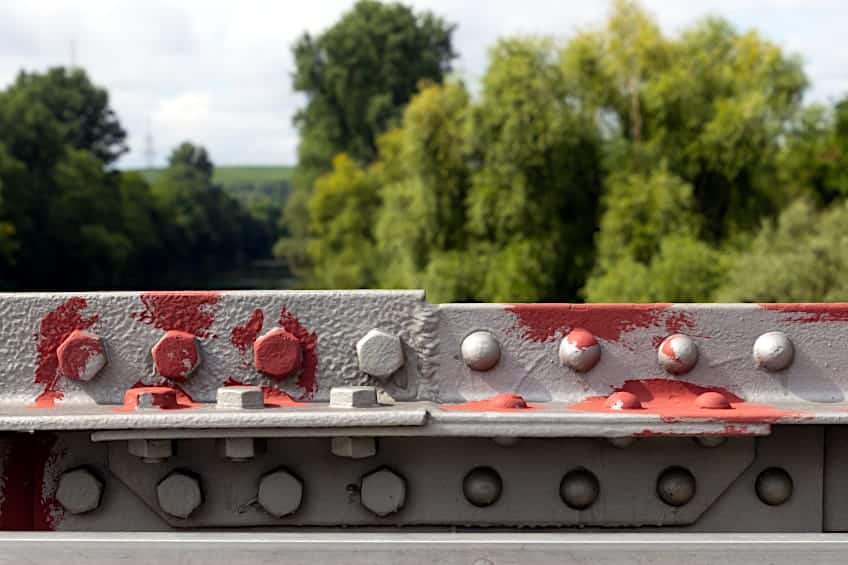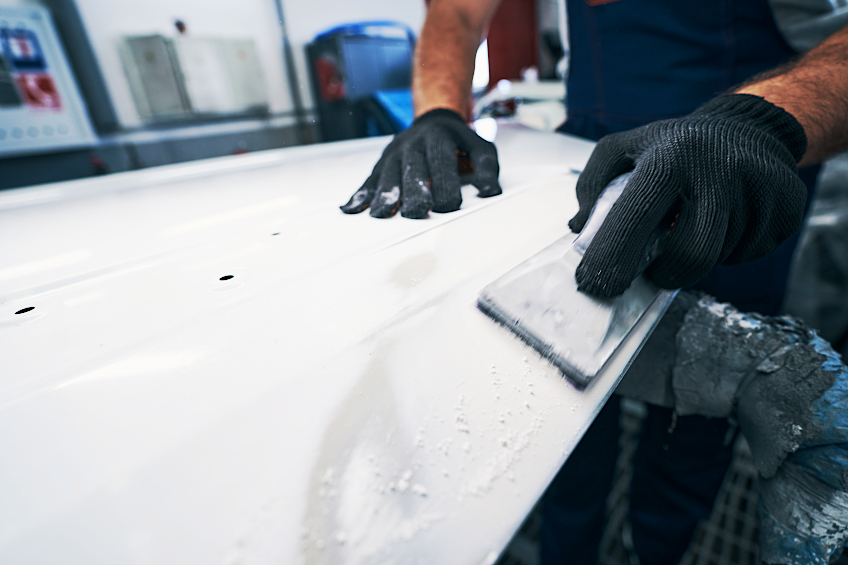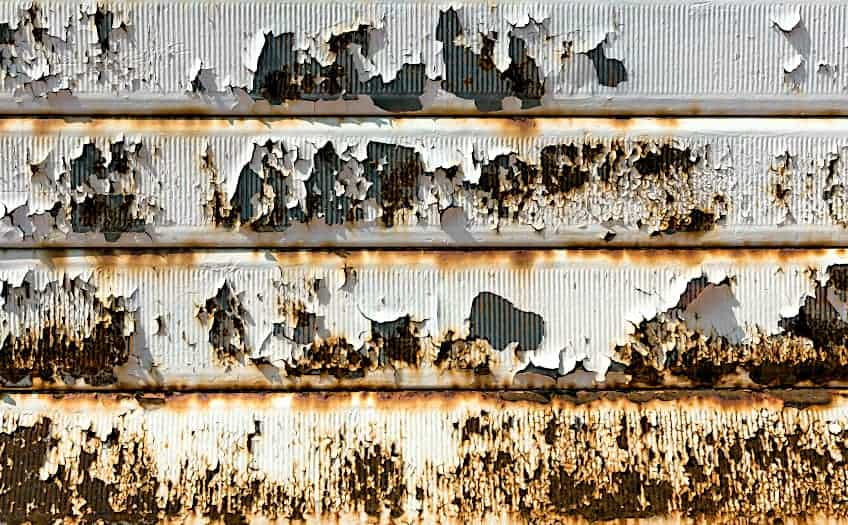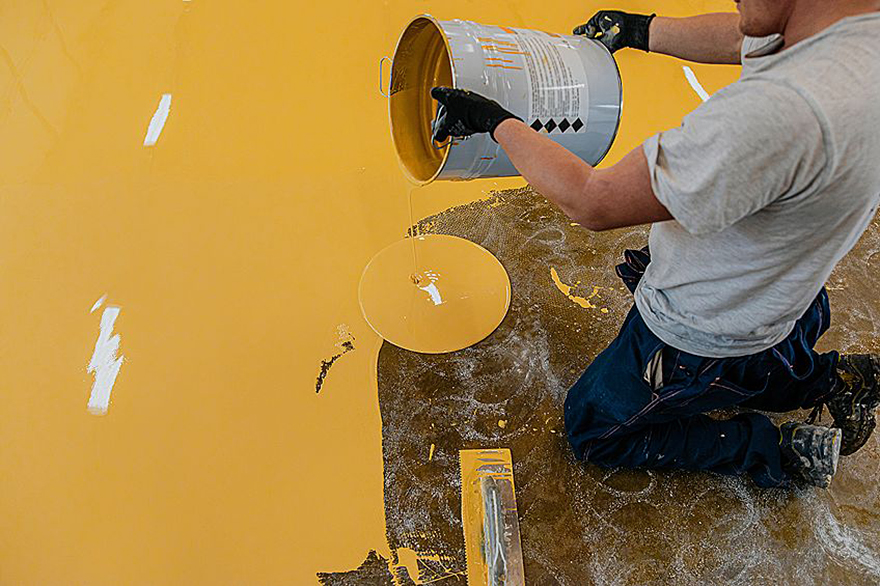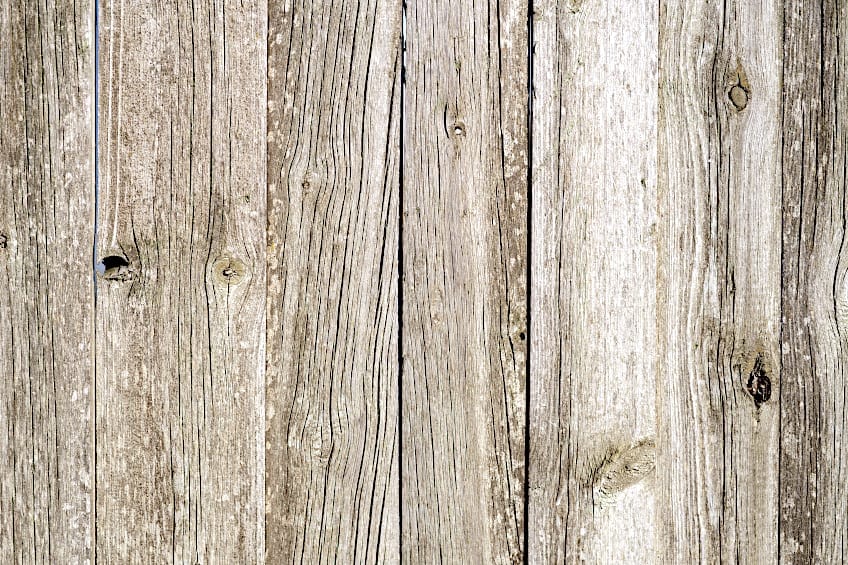What Is Self-Etching Primer? – Surface Bonding Paint Guide
This post may contain affiliate links. We may earn a small commission from purchases made through them, at no additional cost to you. You help to support resin-expert.com
These days, things are made of loads of different types of materials. Advancements in technology and research into different materials mean that tools, furnishings, and even structures last longer, have better insulation, and can be constructed with greater ease. However, in some instances, the substances and methods that we would normally use to protect and beautify a workpiece like stain and paint don’t work on newer and even some older materials. Eventually specialized paints, and more importantly, specialized primers were invented to solve this problem. One of the most effective primers that came about was self-etching primers, but what is self-etching primer and how does it work?
Table of Contents
What Is Self-Etching Primer?
Self-etching primer is a special type of primer designed for use on certain types of materials. As the name suggests, this type of primer etches its way into the surface of a workpiece, but why would it do this? Well, self-etching primer actually contains a type of acid that roughs up the surface of a workpiece in order to create more surface friction.
It does this while simultaneously applying a special type of resin that increases the adhesive strength of the paint you’ll be applying afterward. This is particularly useful when it comes to surfaces and/or materials that are sheer or have overall low surface friction. This ensures that your paint does not run, peel, or bubble when applied to the surface.
What Is Self-Etching Primer Used For?
What kind of surface would require this degree of preparation to receive a paint you ask? Well, there are loads of surfaces like metal and even fiberglass that need a little more help receiving paint compared to more porous surfaces like wood or even plastics. These surfaces might require a self-etching primer and a special paint in order to be coated effectively.
Self-etching primer is an effective and less time-consuming way to prepare surfaces like the ones we mentioned above. Why? Well, if you’ve ever tried to paint a metal surface you might have found that sanding it or causing any type of abrasion manually can take considerable effort. It can also cost you valuable time, and if done incorrectly, can cause your surface to be uneven and even unusable in severe cases.
Self-etching primer is typically used in the manufacturing industry in instances where conventional primer would simply not be effective. These instances range from the painting of small toys to the painting of smaller components on cars where it’s used on certain plastics to ensure adequate paint adhesion.
What does etching primer do? Effectively, self-etching primer is used as a means of both roughing up and priming a surface all in one, which means that you spend less time and effort in the preparation stage of painting. This is particularly useful when working with materials like brass which aren’t only tough to get paint to stick to but are also used to make small objects which can be difficult to manage.
Acid Based Primers
Acid-based primers, or primers that contain an acid element are some of the best types of priming solutions out there. Some materials can only be painted to a certain degree by using these primers, so let’s have a look at a few of them, how they work, and some of the key differences between these unique surface primers.
Are Self-Etching Primer and Acid the Same Thing?
To answer this question, you need to as the question; what does etching primer do? Functionally, self-etching primer does two things. First off, it roughs up the surface by eating into it, thus increasing the surface friction for better adherence. Secondly, the solution contains particles like resins that help the paint bind with the surface of your workpiece.
Acid etching on the other hand is similar, but not quite the same as etching primer for metal.
How different is it then? Well, unlike etching primer for metal, an acid used for metal etching does not contain any priming agents. Instead, it simply eats away at the surface of a workpiece in an effort to rough it up for the application of primer and paint. The process of creating galvanized aluminum involves dipping the metal into an acid bath to create a weather-resistant surface.
This being said, the two can be considered functionally the same on a fundamental level. Self-etching primer is then a bit like self-priming paint. Where the paint primes and paints simultaneously, self-etching primer both “sands” and primes the surface of a workpiece before paint is applied.
Is There a Difference Between Conventional Primer and Self-Etching Primer?
Self-etching primer, or acid-etching primer, is essentially a niche time-saving product when painting particular surfaces. In some instances, it’s indispensable (like those we mentioned earlier), but for the most part, it’s simply convenient as it both etches and primes the surface it is applied to. Conventional primer on the other hand, does not do this.
Conventional primer is pretty much the type of primer you’d buy off the shelf at your local hardware store. Conventional primer contains resins and additives that allow the paint to adhere better when applied to a surface. Unlike acid-etching primer, conventional primer contains no acidic element and therefore is incapable of causing abrasion to the surface of a workpiece.
This being said, unlike acid-etching primer, conventional primer requires the surface of your workpiece to be prepared through sanding and or cleaning before it can be applied. Why not use self-etching primer for all surfaces then? Well, not all materials take well to it, and therefore, more often than not, conventional primer or self-priming paint are the only viable options.
Painting With Self-Etching Primer
Whatever type of primer you’re dealing with, always remember that their primary purpose is to ensure that the surface is adequately prepared to receive the paint. Self-etching primers fulfill a few more needs in some cases, so let’s have a look at how exactly painting with these primers work, and a few common questions regarding their use.
Is It Possible to Paint Over Self-Etching Primer Directly?
Is directly painting over self-etching primer possible? Well, it wouldn’t be much of primer if you couldn’t apply paint to it. Painting over self-etching primer is entirely possible and may be necessary for some instances. A good example of this is when painting metal surfaces like brass as it requires the corrosion resistance that most self-etching primers provide.
However, there are times when self-etching primer needs a little bit of help. Depending on the brand and quality of the primer being used it might not offer any corrosion resistance at all, in which case you should consider coating it with an additional primer and/or a corrosion resistance substance.
Also, depending on the quality of the primer and/or the type of material you’re using it on you might need an additional coat or the help of a conventional primer to get the job done. In cases like these, all that you need to do is ensure that your initial coat of self-etching primer has dried and cured for the manufactures recommended time period before applying some additional primer.
Do You Need to Sand Self-Etching Primer?
This is a good question considering that conventional primer needs to be sanded once it’s been applied to a surface, especially when applying multiple coats. Does self-etching primer need to sanded too then? Well, this depends nearly entirely on whether or not the manufacturer advises you to or not.
There are brands of self-etching primer that state that priming is required before paint is applied or before an additional coat of primer is applied. These primers are usually thicker and therefore might need a bit shaved off before the paint is applied, but they’re also more effective as they provide a good catalyst for paint adhesion.
This being said there are some examples of self-etching primers that need to be sanded before they are painted. Usually, if this is the case the manufacturer will ensure that the packaging or container has clear instructions printed on them. If not, instructions are printed on the packaging, this usually means that you shouldn’t sand the primer before painting.
Is It Possible to Apply Self-Etching Primer Over Paint?
Using self-etch primer over paint is technically possible, but just because something is possible doesn’t mean that it should be done. Self-etching primer contains a type of acid, and therefore if it is applied to paint it will begin to eat away at the surface coating, which isn’t ideal for a number of reasons.
First off, the goal of applying primer to a surface is to ensure that your paint of choice adheres well.
Since the acid contained within the self-etching primer is inherently corrosive due to it needing to rough up the surface, it will eat away at the paint, causing the coating to bubble, peel, and eventually fall away over time.
It’s the equivalent of applying paint stripper to a painted surface and then slapping some primer over it. This being said, as far as possible, you should ensure that any surface you’ll be using self-etching primer on is as clean as possible. This goes for any material inkling plastics and fiberglass, even if they appear clean at first glance.
Is It Possible to Apply Epoxy Primer Over Existing Self-Etching Primer?
Just like applying self-etch primer over paint is possible, and using conventional primer over self-etching primer is possible, so is using epoxy primer. It isn’t always the case, but there are some brands that ensure that it’s safe for their specific product to be used on top of an existing coat of self-etching primer.
If you’re using an epoxy primer that doesn’t explicitly mention that it cannot be used on top of a self-etching primer you could do a little experiment to find out of the two are compatible with one another. Simply get your hands on some spare material and apply some self-etching primer and allow it to dry for the manufacturer’s recommended time period.
Next, apply some epoxy primer, allow it to cure and dry, and see whether or not the two maintain a bond. Other times you might encounter brands of epoxy primer that state their products are compatible with self-etching primer but only under certain conditions. This might involve sanding and cleaning the self-etched surface or using a catalyst of some sort.
Can Self-Etching Primer Be Used on Wooden Surfaces?
Again, this is one of those times where just because something can be done doesn’t mean that it should be. Self-etching primer is corrosive, but since it still contains a priming solution, it will eventually bond with the wood fibers and allow you to comfortably apply your paint. This might not result in the best quality of finish though.
Due to the nature of the acid in self-etching primer, it might have adverse effects on the surface of your wooden surface and interact negatively with the paint. The latter is unlikely, but it isn’t really worth taking the chance considering that it isn’t necessary to self-etching primer on a wooden surface. Why? Wood is a porous surface!
The only reason that self-etching primer exists as a product is because sheer surfaces are difficult to rough up. Metal, vinyl, fiberglass, and plastic are all non-porous materials that are exceedingly challenging to rough up with some sandpaper. Wood on the other hand has loads of little holes in it for conventional primer and paint to seep into and create a bond with.
This being said, it would be a bit of a waste to use self-etching primer on a wooden surface. Not only do self-etching primers cost more than conventional primers, but they won’t do nearly as good of a job. There are primers that have been specifically designed for wooden surfaces and as a result will do the job exactly as desired, for a fraction of the cost!
While self-etching primer might not always be necessary, sometimes it’s the best (and only) tool for the job. Now that you know what self-etching prime is, how it works, what it can be used on, whether it can be used with other primers, if it can be applied over paint, and what other primers it is compatible with, it’s time for you to get out there and put your new-found knowledge to the test. Remember to always read the instructions on your primer container before attempting to use it with other products.
Frequently Asked Questions
What’s the Difference Between Primer and Etching Primer?
The key difference between an etch primer and a conventional primer is that while conventional primer contains resin to allow for better paint adhesion, the self-etching primer contains an additional acidic component. This allows etching primers to rough up the surface to create more surface friction.
Can You Paint Directly Over Self-Etching Primer?
Yes! Self-etching primer can be painted over directly. All that you need to do is ensure that the surface of your workpiece has been thoroughly cleaned, apply your primer, allow it to dry and cure for the manufacturer’s recommended timer period, and apply your paint.
When Should You Use Self-Etching Primer?
When should you use self-etching primer on a workpiece? Well, this depends on the type of surface you’re trying to paint. Self-etching primer has been designed to be used on surfaces with low surface friction or is otherwise completely sheer. Surfaces like metal, fiberglass, and plastic are among the most common.


